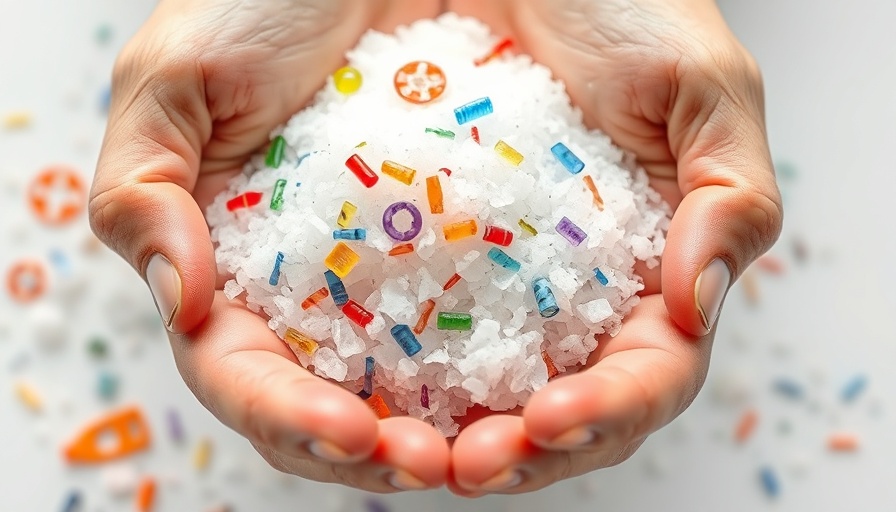
Are Microplastics Compromising Your Health?
As we settle into the routines of our daily lives, few stop to ponder the unseen contaminants that find their way into the foods we consume. Microplastics have emerged as an alarming byproduct of our modern lifestyle, and recent studies suggest that they are infiltrating the very salt we add to our meals. With the prevalence of microplastics in the environment, it's no longer a matter of if they are present in our food, but rather to what extent.
A Hidden Threat in Your Food
Imagine sprinkling sea salt onto your dinner, blissfully unaware that you may be adding a dash of environmental pollution to your meal. A startling 2017 study highlighted that over 90% of sea salt samples globally are contaminated with microplastics. These tiny particles, less than 5mm in size, originate from the breakdown of larger plastic waste in our oceans. As salt is harvested through evaporation processes, these microplastics become concentrated, transforming what should be a healthy addition into a potential health concern.
The Impact of Microplastics: What Are We Really Eating?
While the effects of consuming microplastics remain uncertain, early research indicates they could pose various health risks. Experts are still investigating their long-term impacts on human health, but the possibility that these plastics could disrupt hormonal balances or accumulate in organs raises red flags for many health professionals. It's essential to consider what is entering our bodies alongside the nutrients we seek from food.
Ocean Pollution: A Bigger Picture
The issue of microplastics extends beyond just our salt selections; it’s a symptom of wider environmental mismanagement. Our oceans are choking on plastic waste, with wildlife suffering significant impairments due to ingestion or entanglement. Fish and other marine organisms consume these microplastics, which bioaccumulate as they move up the food chain. This connection between environmental health and human well-being illustrates the intricate web of life on Earth and serves as a reminder of our responsibility to conserve natural resources.
Choosing Clean Salt: Practical Steps
For those concerned about microplastics, it’s worthwhile to take steps to minimize exposure. Opting for high-quality salts, such as Himalayan pink salt or sea salt sourced from trusted and clean locations, may reduce the risk. Additionally, staying informed about product origins and choosing brands committed to purity and transparency can empower consumers to make healthier choices.
Rethinking Our Relationship with Salt
This growing awareness of microplastics should encourage us not just to think about what we consume, but to evaluate how our consumption affects the planet. Each time we sprinkle salt on our food, it reminds us of the important connection between our daily choices and the health of our environment. By emphasizing clean, sustainably sourced products in our kitchens, we can advocate for a healthier planet while nourishing ourselves.
Conclusion: A Call for Conscious Choices
As we navigate our personal health journeys and craft our meals, let us remain vigilant about the unseen particles that may accompany our food. By choosing wisely and advocating for cleaner oceans, we’re not only acting in our interests but also in the interest of future generations. It's time to empower ourselves with knowledge and together, we can work towards a healthier lifestyle that respects the delicate balance of our ecosystem.
 Add Row
Add Row  Add
Add 



 Add Row
Add Row  Add
Add 
